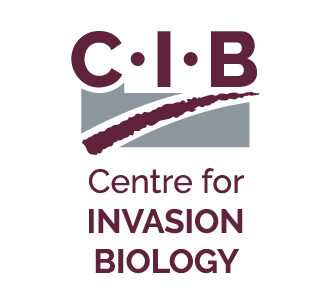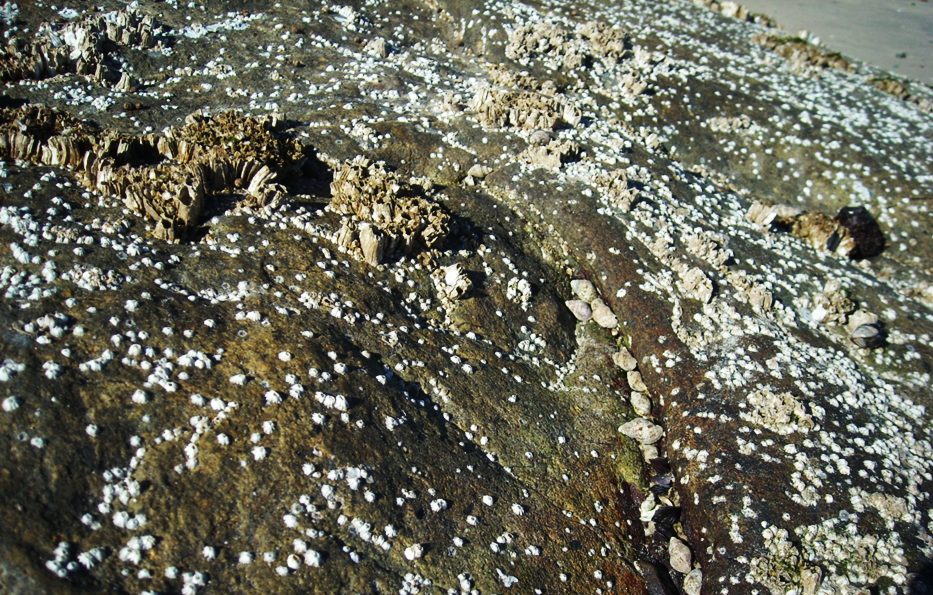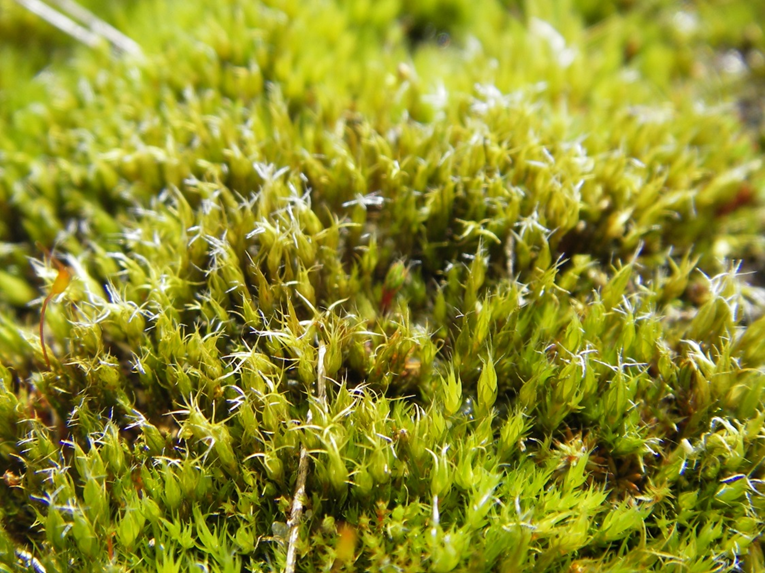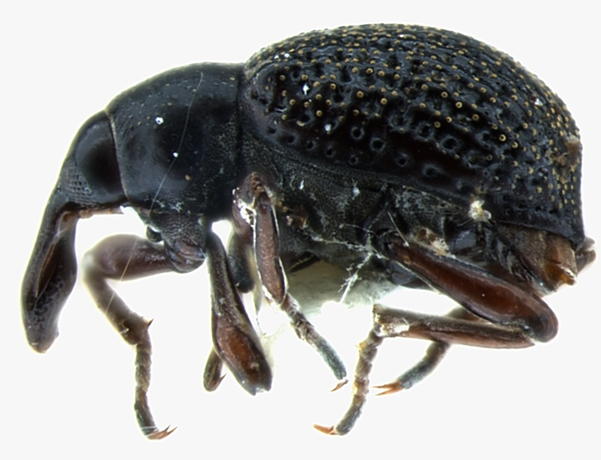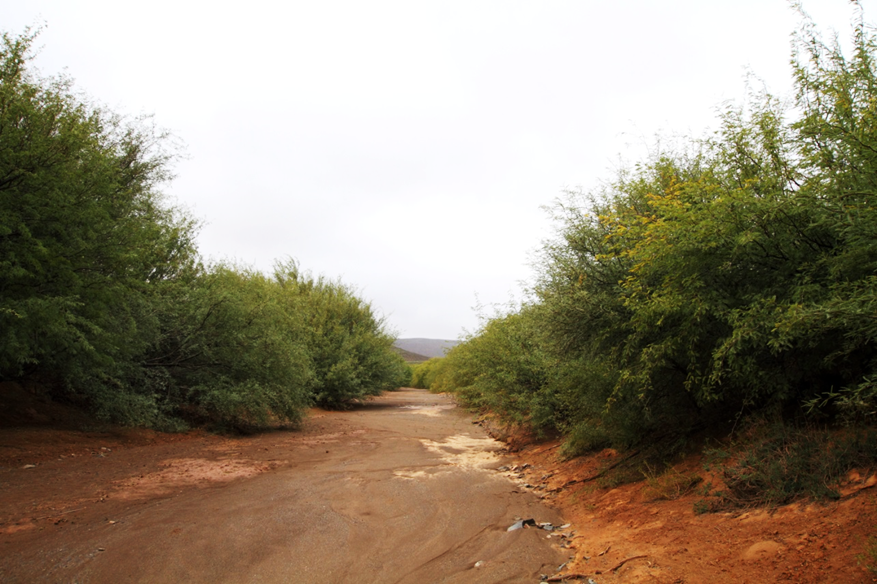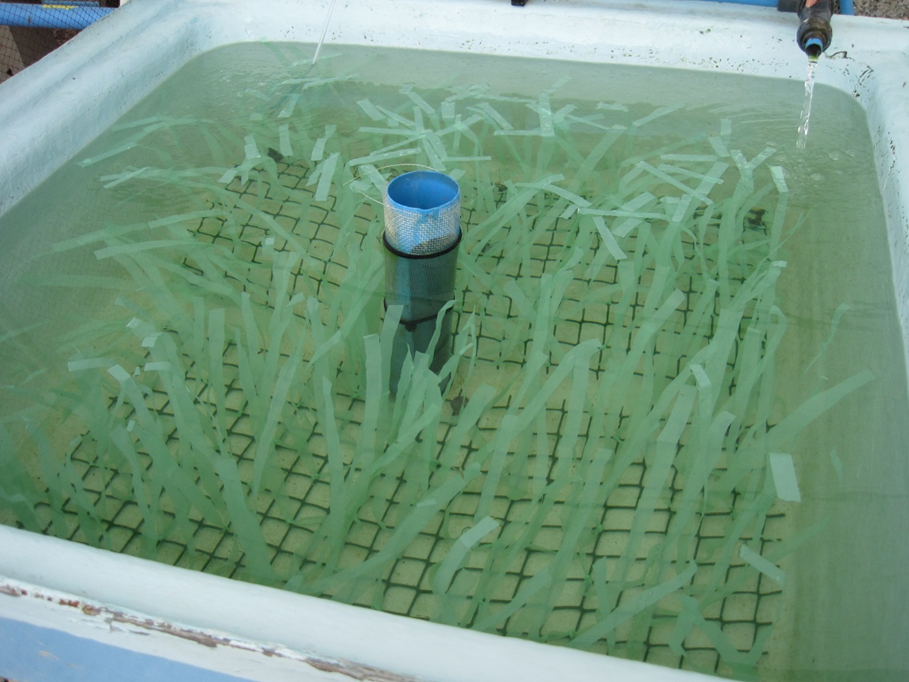Native predators avoid eating an invading alien barnacle
The alien barnacle Balanus glandula has been rapidly spreading down the South African west coast and recently moved east around Cape Point. This left researchers wondering how it is able to spread so far and why it is spreading so fast.
